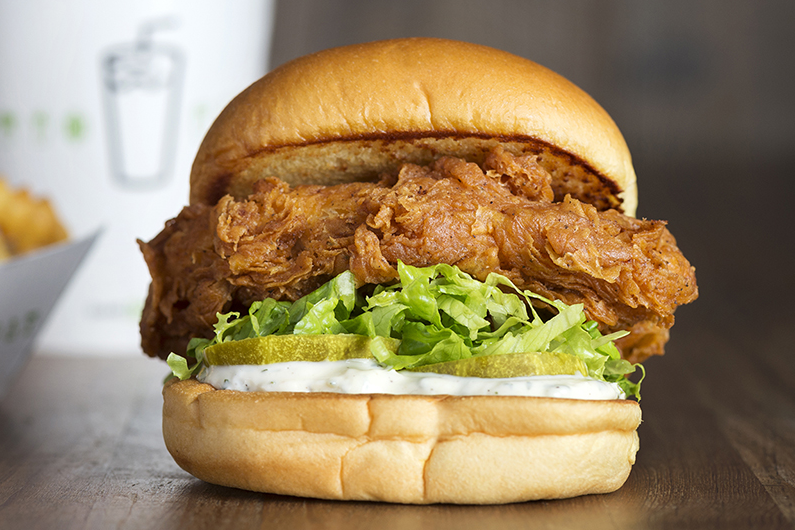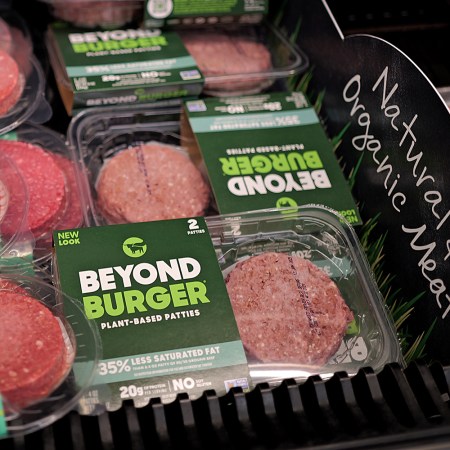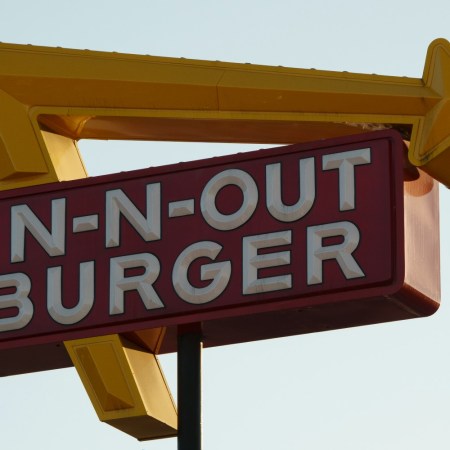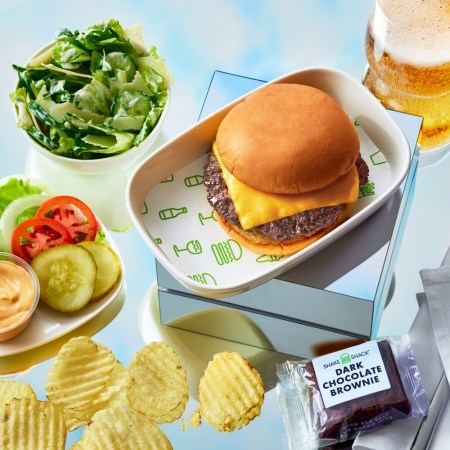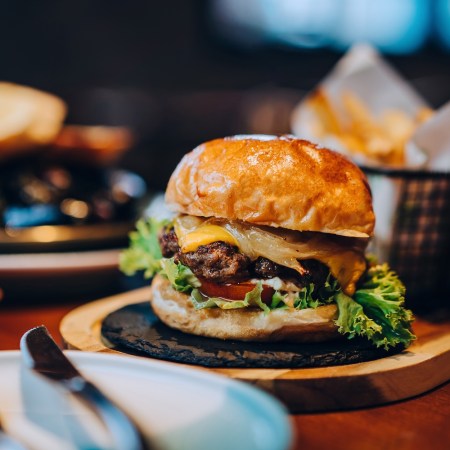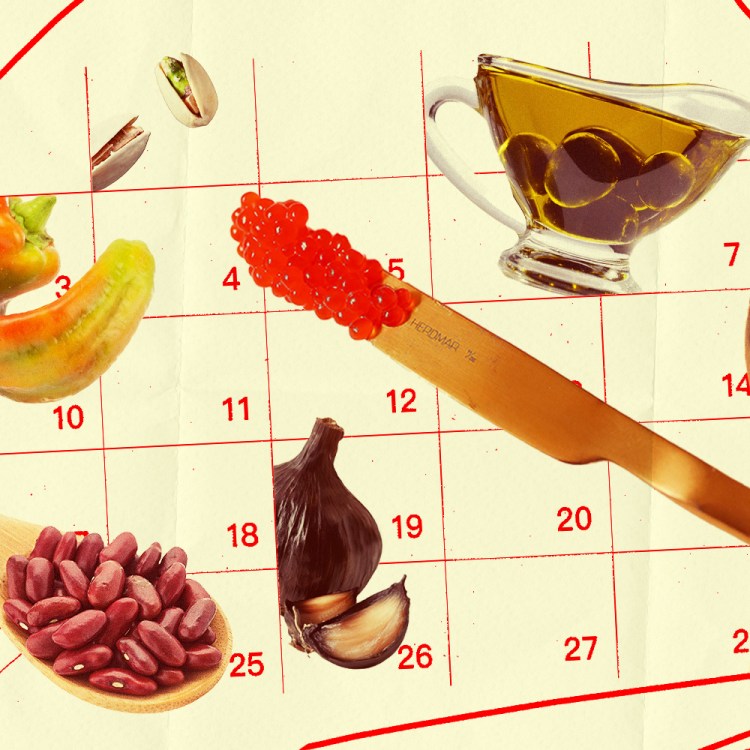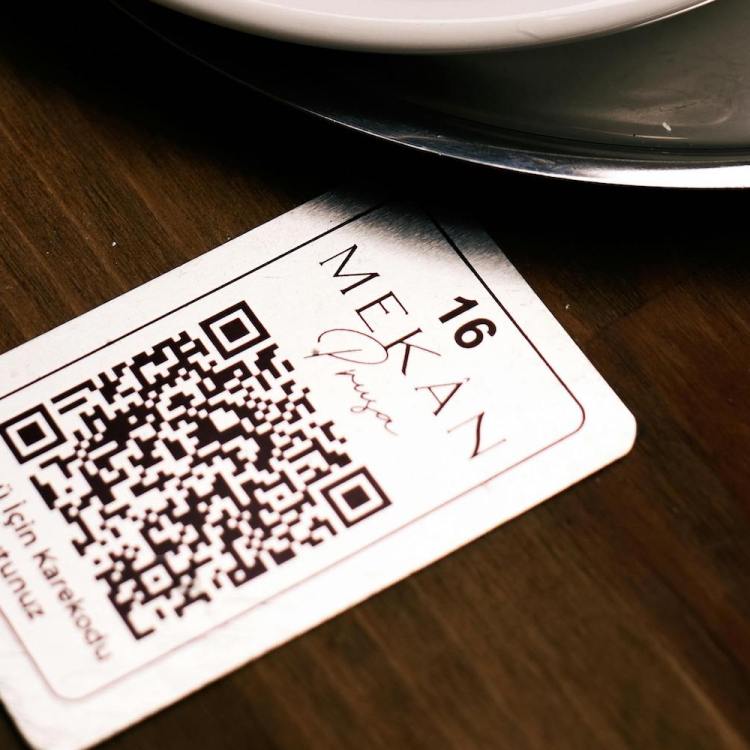Largely thanks to a buttermilk-battered product Popeyes released in mid-August that led to long lines, Twitter warfare and at least one death, 2019 was the unquestionably The Year of the Chicken Sandwich.
A viral sensation that some thought could “save America,” the Popeyes Chicken Sandwich was so popular that it sold out in just two weeks (it’s back now), leading some chicken-crazed customers to seek out alternative options at other establishments like Chick-fil-A, Wendy’s and McDonald’s.
Another restaurant that got some run-off from disgruntled Popeyes customers? Shake Shack, which serves up a crispy little number called the Chick’n Shack.
“I think with the Popeyes launch of their chicken sandwich and a couple of really positive reviews, that helped put a spotlight on the chicken category as a whole more so than it has been,” Shake Shack executive chef and VP of culinary innovation John Karangis tells InsideHook. “We’ve been telling our own chicken story for quite some time, but we’re constantly looking at ways we can improve upon all of our menu items, and that’s been no different.”
While Shake Shack doesn’t have any immediate plans to change up its chicken sandwich or offer a spicy version that’s similar to one of Popeyes’ offerings, Karangis didn’t rule out the possibility of the Chick’n Shack getting reworked at some point in the future.
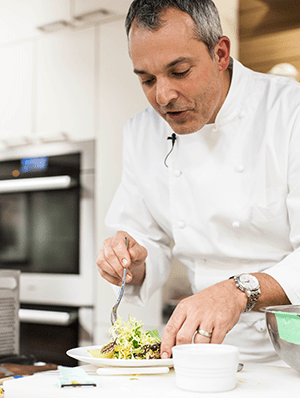
What sounds less likely is that plant-based burgers, which also had a moment in 2019 with Burger King’s launch of the Impossible Whopper, will be appearing on Shake Shack’s menu in the near future.
“We don’t feel culinarily that right now would be our time to explore that. But that doesn’t mean we wouldn’t explore it in the future,” Karangis says. “It’s been incredibly interesting to see and witness what’s happened over the last year with plant-based. We’re listening a lot, we’re tasting a lot, we’re evaluating internally and we’re learning, We’ll continue to watch and learn as things go on. I don’t think they’re going away anytime soon.”
For Karangis and Shake Shack, the reluctance when it comes to plant-based burgers is not related to taste. “I think there are a lot of similarities to the flavor profile between plant-based and meat,” he says. “What I still struggle with personally is wrapping my head around the ingredients themselves as I continue to learn what they are and how they do what they do. At Shake Shack, we’ve always taken a stance that ingredients are at the core of what we do and who we are. We want to make sure we know what those ingredients are, where they come from, who those suppliers are, who those farmers are.”
As Karangis notes, it’s impossible to make a great burger if you don’t have great ingredients. “It just won’t work because there are so few elements on a burger,” he says. “There’s nowhere to hide with a burger. For a large part of my career, I cooked food, especially when I was young, that was very complicated. It had a lot of ingredients on it. If something wasn’t done really well or the quality of one of those things wasn’t at its peak, there were so many other things on the plate that could make up for it. With a burger, there’s nowhere to hide. It comes down to the ingredients first.”
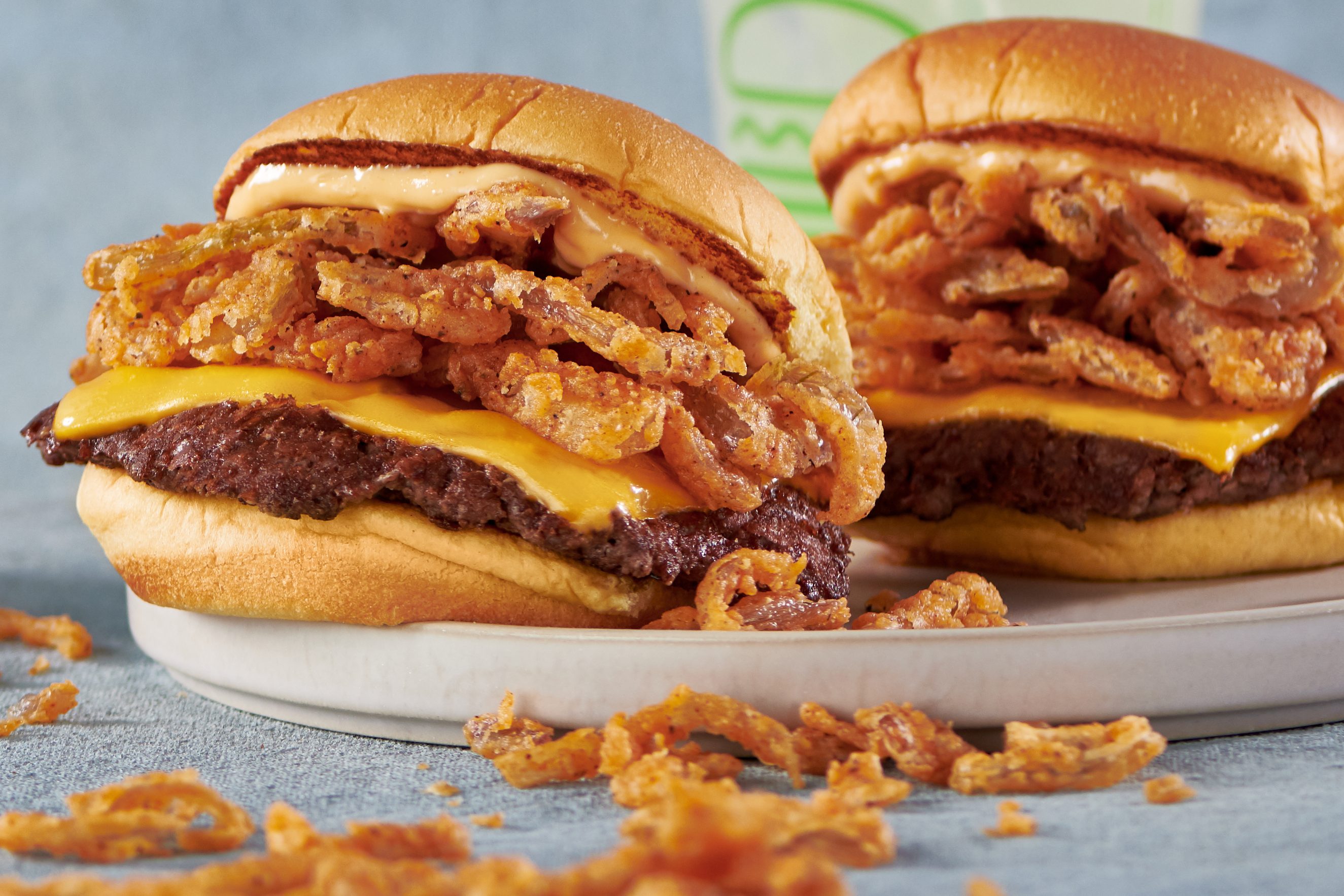
That focus on ingredients is on full display with the ShackMeister Burger, a 100 percent Angus beef cheeseburger topped with beer-marinated crispy shallots and ShackSauce that originally debuted in 2014 but made its temporary return to Shake Shack’s menu earlier this month.
So, how do Karangis and his team determine whether they want to put an item like the ShackMeister Burgers back on Shake Shack’s menu?
“First and foremost, it has to be delicious,” Karangis says. “It needs to have ingredients that we holistically feel represent us and we’re really proud of. Obviously, we want to make sure it’s something we can commit to executing consistently. Our hope is that it’s going to be well-loved by our guests. If it’s something that we love that is full of a bunch of great ingredients that executes really well, that’s not enough. Our goal is to make sure that there’s a level of consistency that we’re able to maintain throughout.”
For a growing chain like Shake Shack, which now has more than 275 locations in countries including the U.S. Hong Kong, Singapore, Mexico, Japan and the Philippines, consistency across the board is key.
“A great challenge for us is being able to deliver on the expectations that continue to escalate as time goes on,” Karangis says. “I think guests today are very different than they were five years ago in some regard. There’s a constant desire to be great. I see that in the food world as a whole and I don’t think just because we’re in that fine-casual segment that we are at the price-point where that changes. I think people in general are looking for a better experience in a Michelin-star restaurant and people are looking for a better experience in our restaurant. And so we love that. How unfortunate would it be if they were looking for a less great experience?”
Every Thursday, our resident experts see to it that you’re up to date on the latest from the world of drinks. Trend reports, bottle reviews, cocktail recipes and more. Sign up for THE SPILL now.
